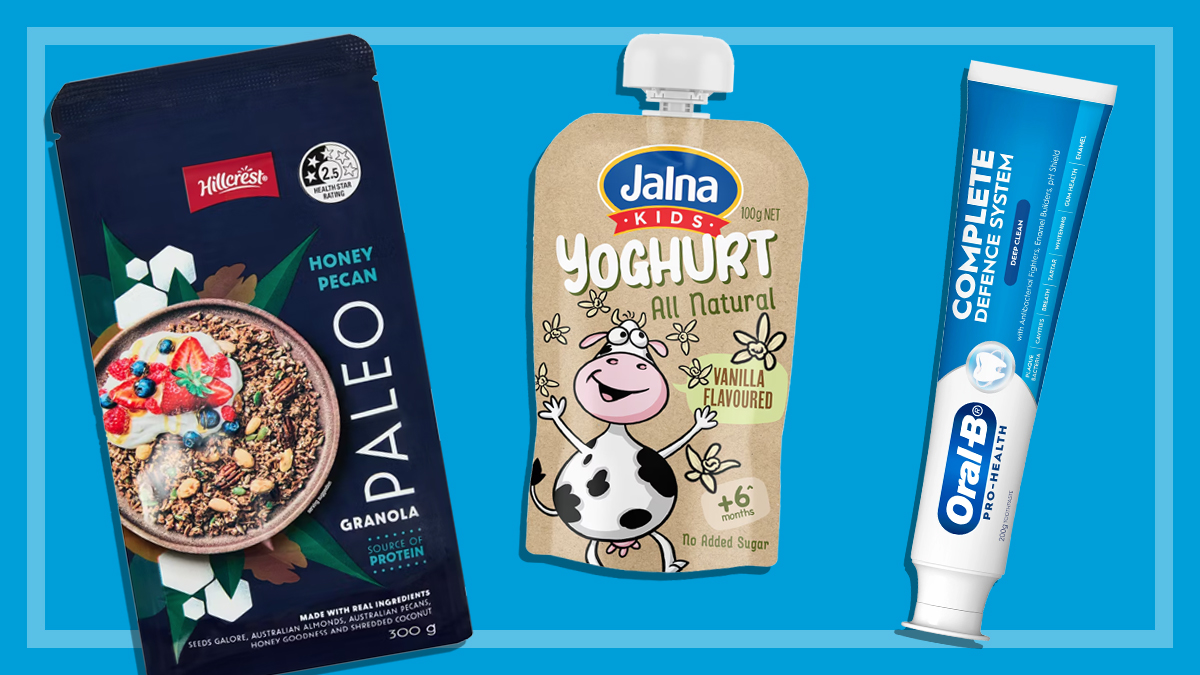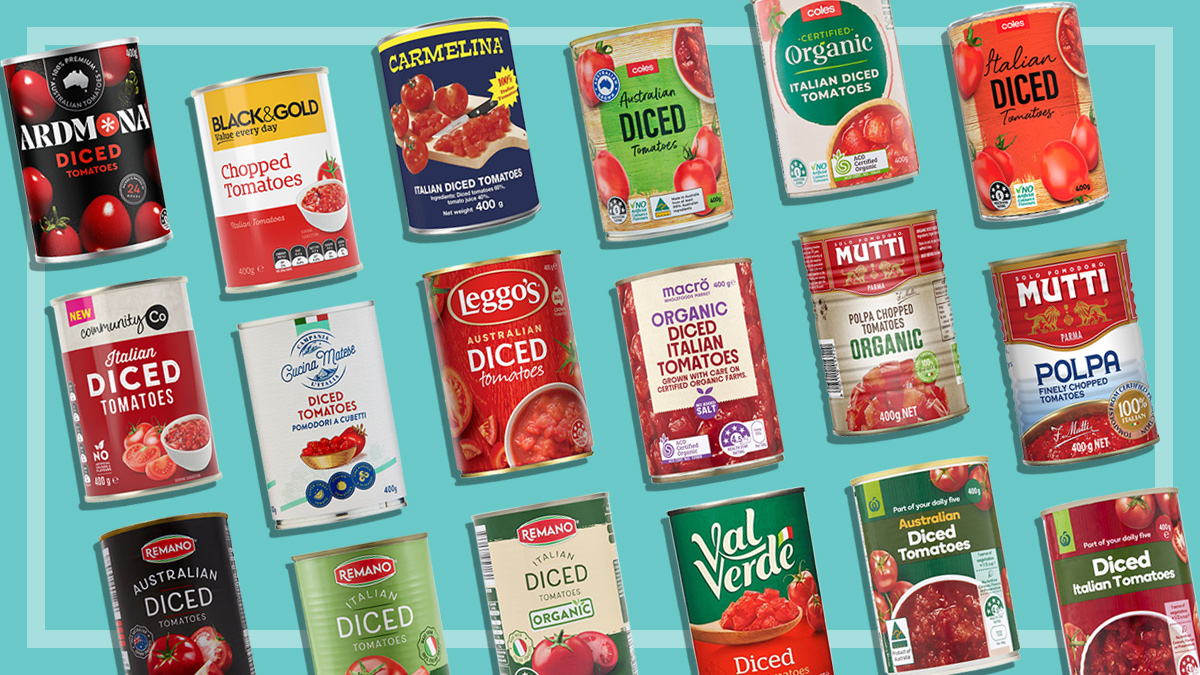Get our independent lab tests, expert reviews and honest advice.
What are microplastics, and how bad for us are they?
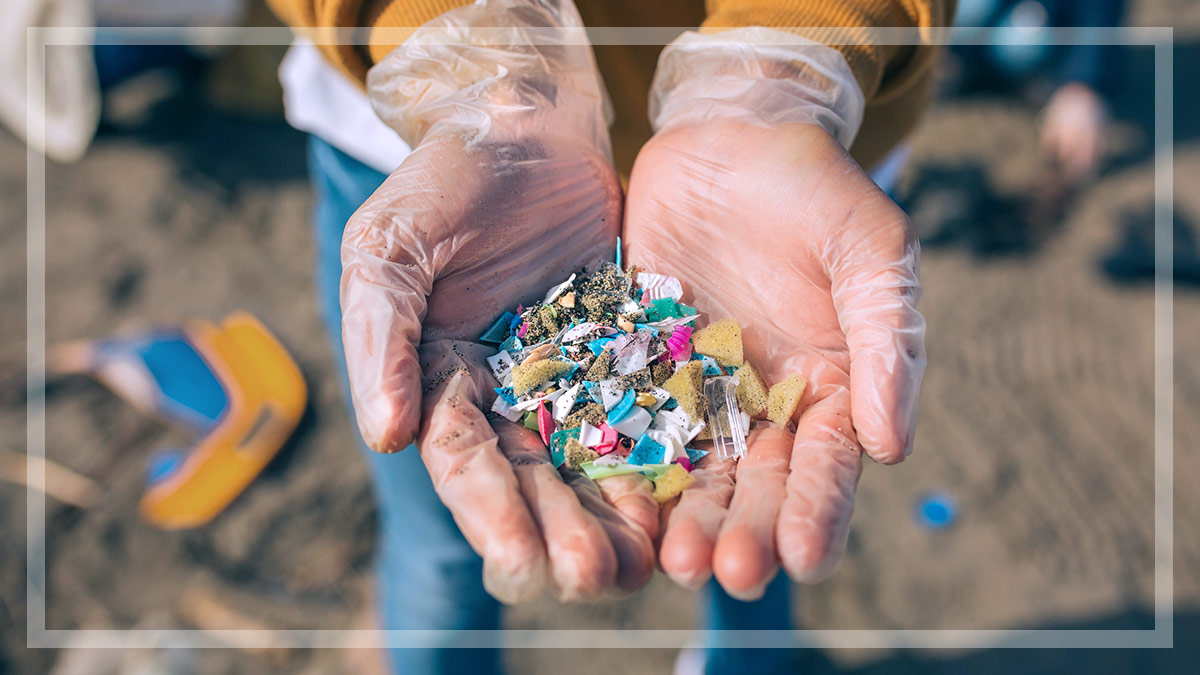
Microplastics have been making the news recently, as reports reveal they’ve comprehensively entered our environments, and are even in our food and water.
On this page:
- What are microplastics?
- How much do we ingest?
- Are microplastics bad for us?
- How can I avoid ingesting microplastics?
They come from a variety of sources, including synthetic fibres, microbeads from health and beauty products, and larger plastics that break down into ever-smaller pieces.
Because of the extremely long life of plastics, this means that every piece of plastic ever manufactured could be producing these tiny particles. But research on the effect of microplastics in the environment is limited and we know very little about the impact they may be having on human health.
What we do know is that microplastics are everywhere and unavoidable. We’re slowly finding out more about them, and how they enter the environment and find their way into our food supply.
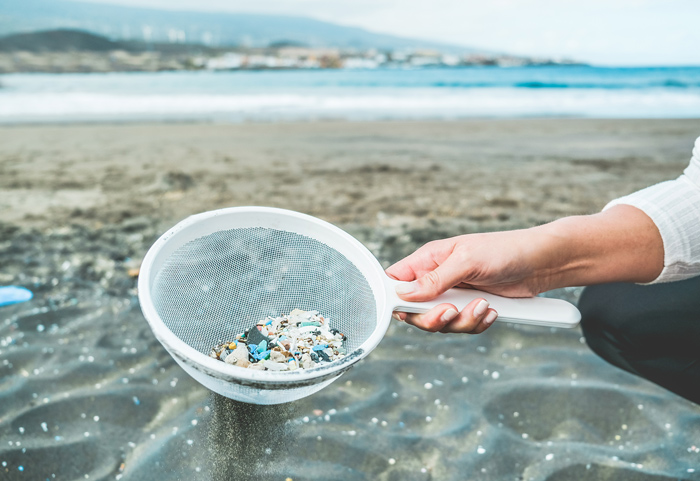
What are microplastics?
Microplastics are defined as tiny pieces of plastic that are less than 5mm in length.
There’s an even smaller type of microplastic – nanoplastic – which is the result of microplastics breaking down even further. Pieces of nanoplastic are less than 100 nanometers (nm). For scale, even a single human hair is huge by comparison, at about 75,000nm in diameter.
Because they’re so tiny, microplastics enter the environment very easily. A spokesperson for the World Health Organization (WHO) tells CHOICE that the most common causes are surface run-off (which happens after heavy rain or a flood), treated and untreated wastewater effluent, industrial effluent, sewer overflows and atmospheric deposition (where the particles are deposited from the atmosphere to Earth’s surface).
Because they’re so tiny, microplastics enter the environment very easily
Even using your washing machine contributes to the spread of microplastics: clothes made from synthetic fabrics such as polyester and nylon release tiny fibres into the water, which then end up in waterways. A recent UK study found that using a delicate wash cycle (which has a higher water to fabric ratio) in a front-loading washing machine can release an extra 800,000 polyester microfibres compared with a normal wash cycle.
These particles aren’t usually removed by wastewater treatment, so they end up in waterways. There, they can be digested by aquatic organisms and animals, such as fish, which mistake the particles for food.
WHO reports that microplastics have been detected in sea salt, sugar, honey and beer, probably due to their presence in water, food processing or atmospheric deposition.
Food Safety Australia and New Zealand (FSANZ) reports that microplastics can also be found in indoor dust, and a Chinese study this year found that polyester fibres (including PET) were one of the key microplastic components of indoor and outdoor dust.
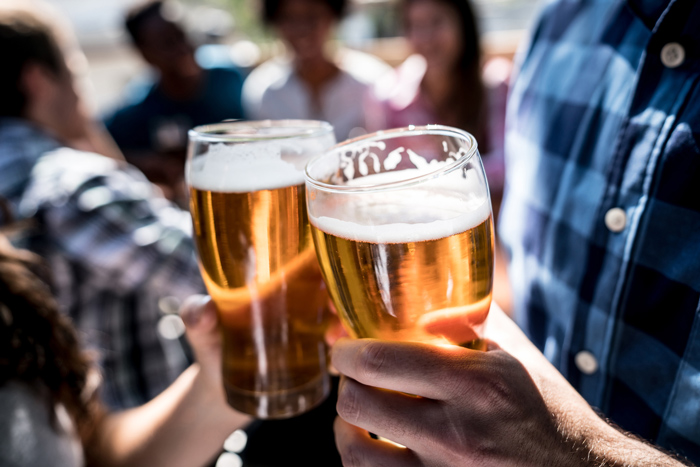
Primary vs secondary microplastics
There are two categories of microplastics, primary and secondary, although their impact is the same.
A WHO spokesperson tells us that “primary microplastics are specifically manufactured in the microplastic size range, for example, industrial abrasives used in sandblasting and microbeads used in cosmetics [and skin care products].
“Secondary microplastics are formed by the fragmentation and weathering of larger plastic items either from wear or from their release into the environment.”
This means that all plastic in the environment has the potential to be a source of microplastics. This includes nearly all the plastic that’s been made – ever.
How much do we ingest?
Many people may not have heard of microplastics before, but we’ve been ingesting them for years. Scientists first described the existence of microplastics in the 1970s.
But, according to Dr Thava Palanisami, an expert in contamination at the University of Newcastle, research on where they come from and their impact on human health only really stepped up in 2004.
“Worldwide data shows that water is the biggest source [of microplastics in the environment] because so many microplastics, including from industry, wash down the drain and existing technologies aren’t designed to remove all of it,” he says.
The average person could be consuming about 5g of microplastics every week – that’s about the equivalent of a credit card
An Australian study from the University of Newcastle suggests that the average person could be consuming about 5g of microplastics every week – that’s about the equivalent of a credit card.
Other estimates are that the average person potentially consumes as many as 1769 particles of microplastic a week just from drinking water, 182 from eating shellfish, and 21 from consuming beer and salt.
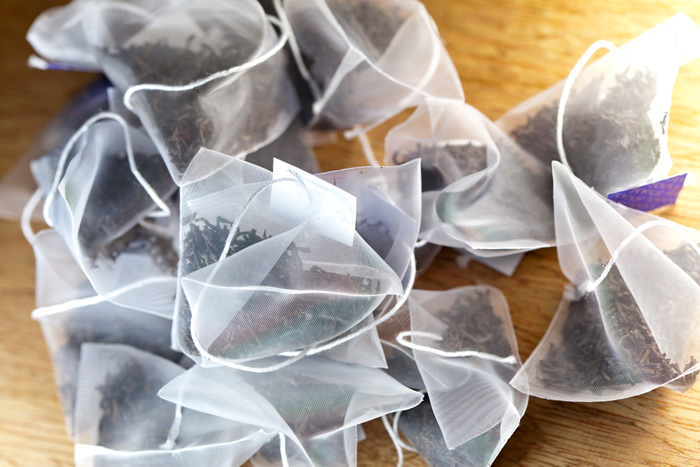
A recent Canadian study found that some tea bags leak billions of microscopic plastic particles every time you brew one up. The researchers found that, when brewed, some ‘premium’ pyramid-shaped teabags, which are made from plastic rather than the traditional paper, released about 11.6 billion microplastic and 3.1 billion nanoplastic particles into the water.
“These levels were thousands of times higher than those reported previously in other foods,” say the researchers.
This problem isn’t about to go away either – because we’re producing more plastic than ever before. According to a report by the World Wildlife Fund, the production of ‘virgin plastic’ (brand-new plastic made from raw materials) has increased 200-fold since 1950, and production has grown by four percent every year since 2000.
If plastic production continues at the current rate, the amount of plastic we’re making could swell by 40% by 2030.
Are microplastics bad for us?
True, the idea of billions of tiny plastic particles swimming around in our food and water doesn’t sound very appealing. But we simply don’t know enough about what impact, if any, they may be having on our bodies and our health.
Although microplastics are still a consideration if we eat whole fish such as sardines, FSANZ says human consumption via fish is “likely to be negligible” because we’re unlikely to eat the parts of fish where microplastics have been found, such as the gills, liver and intestines.
However, research indicates that eating shellfish and mussels could be a “possible route of human exposure”.
FSANZ says: “Our current view is that plastic contamination of the food chain is unlikely to result in immediate health risks to consumers.”
Palanisami says the simple fact is that microplastics are not natural materials, so in theory “it can’t be good for us”.
But just what kind of negative impact they have on humans isn’t known yet. “There are studies ongoing at the moment, so it may take a few years until we know more,” Palanisami adds.
There is evidence that some chemicals in plastics can cause cancer, for example vinyl chloride in PVC or endocrine disruptors such as BPA and phthalates (DEEHP).
Microplastics can also absorb toxic contaminants and give off pollutants, which then escape and accumulate in the environment. But there’s no study to show what effect microplastics are having on us and our health – yet.
The researchers who did the tea bag experiment also explored how the particles affected the health of very small aquatic organisms called water fleas. They found that the fleas survived, but did have some anatomical and behavioral abnormalities.
One of the researchers, Laura Hernandez, says that more research is needed to determine whether the plastics could have subtle or chronic effects on humans.
WHO agrees, saying that “although there is insufficient information to draw firm conclusions on the toxicity related to the physical hazard of plastic particles, particularly for the nano size particles, no reliable information suggests it is a concern.”
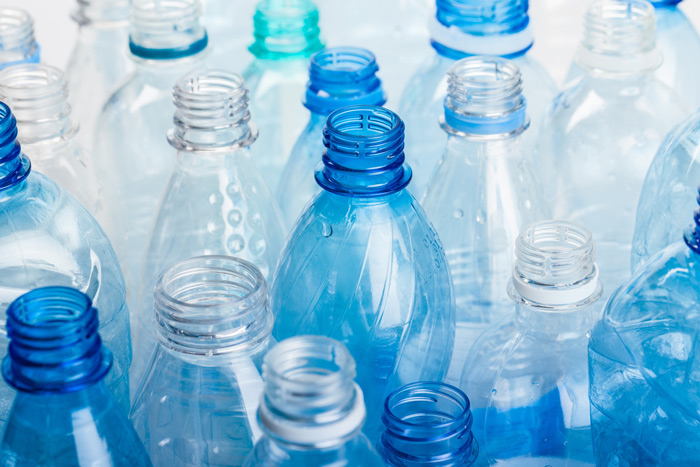
In March 2018, an analysis of bottled water revealed that 90% of popular brands tested contained microplastics. One brand contained as many as 10,000 particles per bottle. Another study also found high levels of microplastics in treated tap water.
In response, WHO launched a review into the safety of drinking water, acknowledging that although many people are concerned, there is “very scarce” information and that “a better understanding of overall exposure to microplastics from the broader environment is needed”.
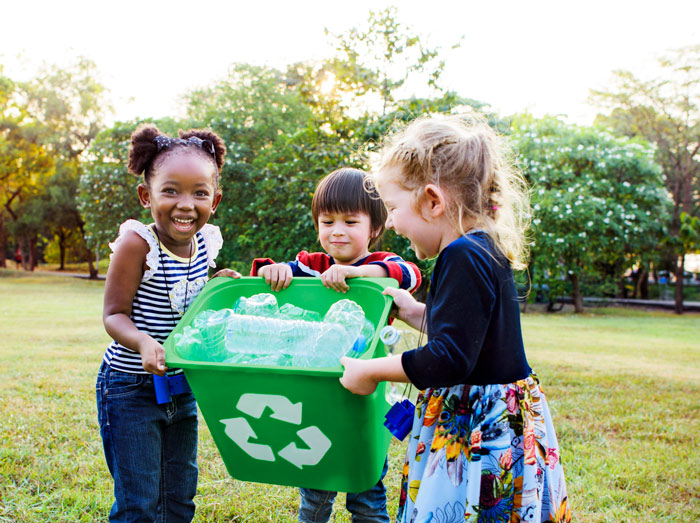
How can I avoid ingesting microplastics?
Given that microplastics are absolutely everywhere in our environment, our water and our food supplies, it’s simply not possible to avoid consuming them.
WHO says if we want to reduce the amount of microplastics in our lives, we need to change how we use and manage plastic.
“Actions to minimise [the] release of plastic products in the environment will help to reduce exposure to microplastics,” WHO says. “Actions could include improving recycling programs, reducing littering, improving circular solutions and decreasing industrial waste inputs into the environment.”
Given that microplastics are absolutely everywhere in our environment, our water and our food supplies, it’s simply not possible to avoid consuming them
Palanisami agrees: “The important thing is to reduce our use of plastics, so we can reduce the flow of it,” he says. “For us, avoidance isn’t possible, it’s more that we need to increase awareness.”
Several countries have banned the use of microbeads, including the UK, USA, New Zealand and Canada.
In Australia, the Department of the Environment and Energy introduced a voluntary phase-out of microbeads in cosmetics, skin care and some cleaning products between 2016 and 2018. In 2017, the department reported that 94% of these items were microbead-free, but the use of these tiny pieces of plastic remains legal in Australia.


